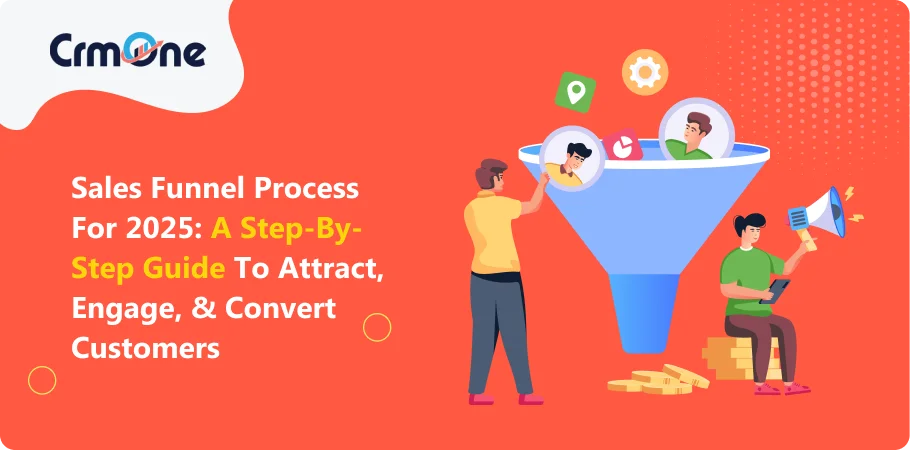Understanding sales funnels process is crucial for businesses in 2025 because they provide a structured approach to guiding potential customers through the buying journey. Here’s why they are significant:
Structured Sales Process:
Sales funnels break down the customer journey into distinct stages, from initial awareness to final purchase. This structured approach helps businesses identify where prospects are in the buying process and tailor their strategies accordingly.
Optimized Sales Performance:
By understanding the sales funnel stages, businesses can optimize their sales process. This includes refining lead generation strategies, improving lead nurturing techniques, and enhancing conversion rates at each stage.
Alignment of Sales and Marketing Efforts:
Sales funnels promote collaboration between sales and marketing teams. They help align marketing efforts to generate leads and nurture them effectively, ensuring a smoother transition from marketing-qualified leads (MQLs) to sales-qualified leads (SQLs).
Customer Journey Mapping:
Businesses gain insights into the customer journey through sales funnels. Mapping out each stage allows for better understanding of customer behaviors, pain points, and preferences, enabling more personalized marketing and sales strategies.
Predictable Revenue Generation:
With a well-defined sales funnel, businesses can predict revenue generation more accurately. They can forecast sales based on the conversion rates at each stage of the funnel, allowing for better resource allocation and growth planning.
Empowered Sales Teams:
Sales reps benefit from sales funnels by having clear guidelines on how to approach leads at different stages. This clarity improves efficiency, reduces lead leakage, and increases overall sales team performance.
Target Audience Segmentation:
Understanding sales funnels helps in segmenting the target audience based on their stage in the buying journey. This segmentation allows for more targeted and effective marketing campaigns, enhancing customer engagement and retention.
Continuous Improvement:
By analyzing metrics at each stage of the sales funnel, businesses can identify bottlenecks and areas for improvement. This continuous optimization leads to a more efficient sales process and higher conversion rates over time.
How has the concept of sales funnels evolved to meet the needs of modern businesses?
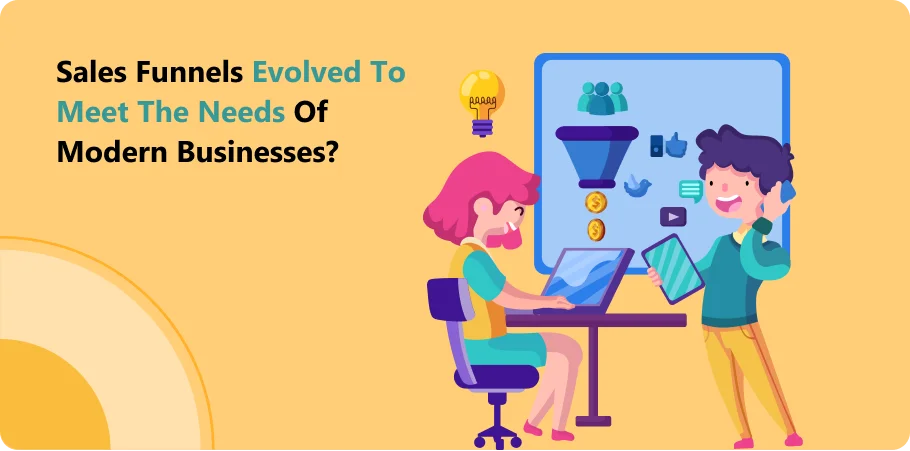
The concept of sales funnels has evolved significantly to meet the needs of modern businesses, adapting to changes in technology, customer behavior, and market dynamics. Here’s how it has transformed:
Integration of Technology:
Modern sales funnels leverage advanced sales funnel software to track and manage leads throughout the sales cycle. These tools offer features like automation, analytics, and customer relationship management (CRM), making it easier for businesses to handle a large volume of potential customers efficiently.
Focus on the Awareness Stage:
The awareness stage has become increasingly important as customers now have access to vast amounts of information online. Modern sales funnels emphasize creating valuable content and engaging marketing campaigns to attract and educate potential customers early in the sales funnel.
Personalization and Segmentation:
With the evolution of data analytics, businesses can now segment their audience more effectively and personalize their approach. This means creating specific strategies for different segments, ensuring that the marketing team can address the unique needs of each potential customer.
Shorter Sales Cycles:
The modern sales funnel aims to shorten the sales cycle by using automated nurturing processes. Automated emails, targeted ads, and personalized content help move leads through the funnel more quickly, converting them into existing customers efficiently.
Enhanced Customer Journey Mapping:
Understanding the customer journey is crucial in modern sales funnels. Businesses now map out detailed customer journeys to identify pain points and opportunities for engagement, ensuring that the sales funnel begins with a clear understanding of customer behavior.
Emphasis on Retention and Upselling:
The sales funnel doesn’t end with the initial purchase. Modern businesses focus on retaining existing customers and upselling them on additional products or services, ensuring long-term relationships and increased lifetime value.
Utilization of Free Sales Funnel Templates:
To simplify the creation and management of sales funnels, many businesses use free sales funnel templates. These templates provide a structured framework that helps in designing and implementing an effective sales funnel without starting from scratch.
Collaboration Between Sales and Marketing Teams:
The alignment of sales and marketing teams is now seen as essential. Both teams work together to ensure a seamless transition of leads through the funnel, from the awareness stage to conversion and beyond.
Customization and Ownership:
Modern businesses understand the importance of customizing their own sales funnel to fit their unique needs. By using customizable templates and software, businesses can create a sales funnel that aligns with their specific goals and market dynamics.
What are the fundamental steps involved in the sales funnel process?
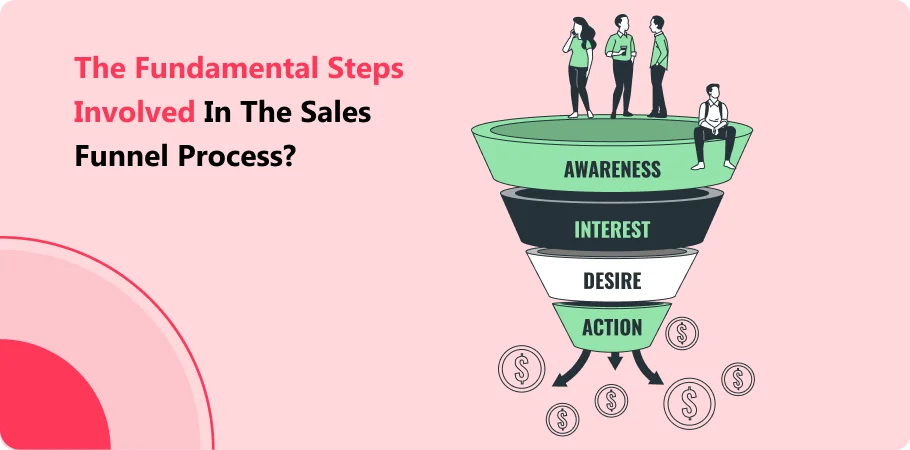
The sales funnel process involves several fundamental steps to convert prospective customers into paying customers. Here’s a brief overview:
Awareness:
Attract prospective customers to your product or service through advertising, content marketing, and social media. This step is crucial for generating interest.
Interest:
Engage prospective customers with informative content about your product or service. Use webinars, blog posts, and newsletters to build their interest.
Consideration:
Prospective customers compare your offerings against competitors. Provide detailed information, case studies, and testimonials to help them evaluate your product or service.
Intent:
Customers show intent to buy by engaging more deeply, such as adding items to a cart or requesting a quote. Excellent support and clear information are vital at this stage.
Evaluation:
Prospective customers make their final decision. Ensure a seamless sales experience, leveraging your company’s sales model and effective customer interactions to secure the sale.
Purchase:
Customers complete the purchase, becoming paying customers. A smooth checkout process and follow-up communications enhance their experience.
Post-Purchase:
Focus on retaining customers and maximizing customer lifetime value through excellent customer service, feedback requests, and additional offerings.
Retention:
Engage customers with loyalty programs, exclusive offers, and regular communication to ensure they continue to see value in your product or service.
Advocacy:
Encourage satisfied customers to become advocates, sharing positive experiences through reviews, testimonials, and referrals.
What are the essential components that make up a successful sales funnel in 2025?
A successful sales funnel in 2025 includes several key components:
Attracting Traffic:
Use search engines, social media, and advertising to drive potential buyers to your landing page. Quality content and SEO are essential.
Landing Page:
Your landing page should capture attention and provide clear information, encouraging visitors to take action.
Interest Stage:
Engage potential buyers at the interest stage with valuable content, such as blogs, videos, and email campaigns, to build trust.
Sales Pages:
Create compelling sales pages with detailed information and strong calls-to-action to move leads closer to purchasing.
Sales Alignment:
Ensure sales alignment between marketing and sales teams to nurture leads effectively and transition them smoothly through the funnel.
Purchasing Funnel:
Streamline the purchasing funnel with an easy checkout process, clear pricing, and robust support to convert leads into customers.
Follow-Up and Retention:
Follow up with personalized emails and offers to retain customers and maximize future prospects.
Data and Analytics:
Use data analytics to monitor the funnel, identify bottlenecks, and optimize performance, ensuring the sales funnel helps achieve targets.
How does understanding the customer journey contribute to the effectiveness of a sales funnel?
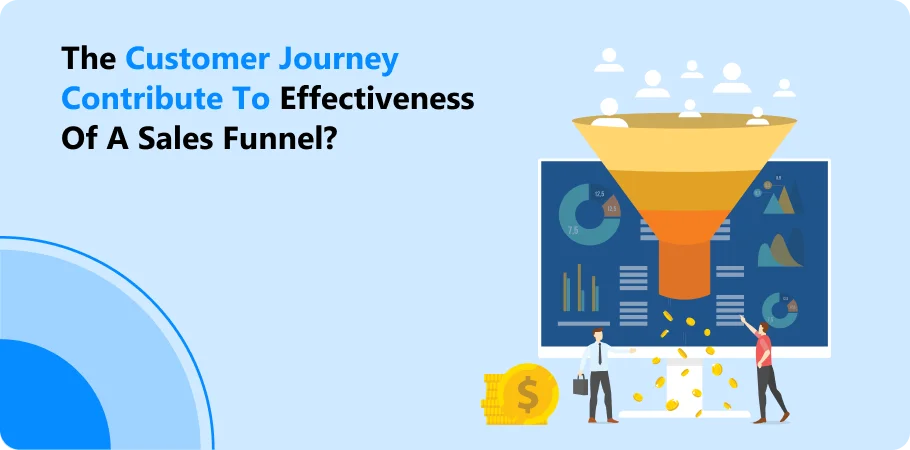
Understanding the customer journey is vital for an effective sales funnel. By mapping the journey of the modern buyer, businesses can create targeted landing pages and optimize paid ads to attract new leads and qualified prospects.
Collecting contact data and using contact details helps personalize interactions, enhancing the overall customer experience and building relationships with loyal customers. This strategic approach anticipates customer needs over the next few weeks, ensuring that marketing efforts align with customer behaviors and preferences, ultimately driving success in the sales funnel.
What strategies can businesses use to attract potential customers into their sales funnels?
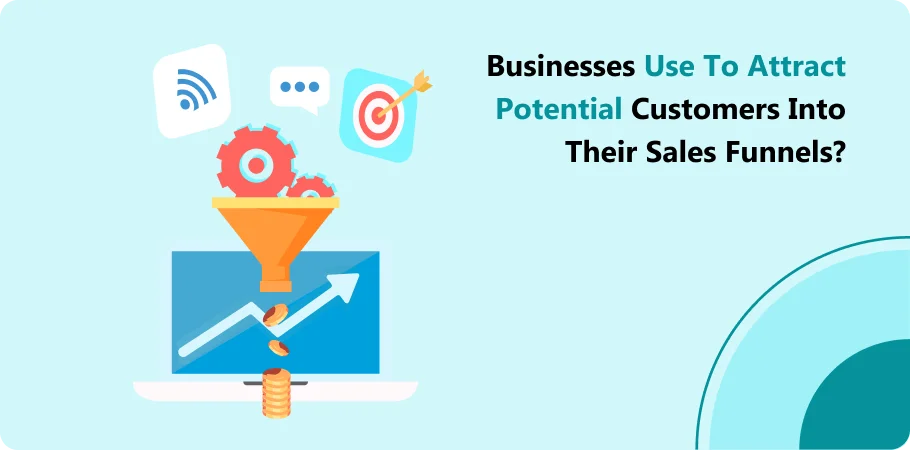
Businesses can effectively attract potential customers into their sales funnels using strategic approaches. Content marketing plays a pivotal role in guiding leads through sales funnel stages, while SEO optimization enhances visibility in the marketing funnel.
Paid advertising targets specific segments, complemented by free sales funnel templates that streamline processes. Engaging sales reps optimize sales pipeline dynamics, contributing to overall sales success.
Book a CrmOne Demo
Experience the CrmOne simplicity and power. Our experts will show you the best ways to use it and answer your questions in real time. See how CRMOne fits your needs.
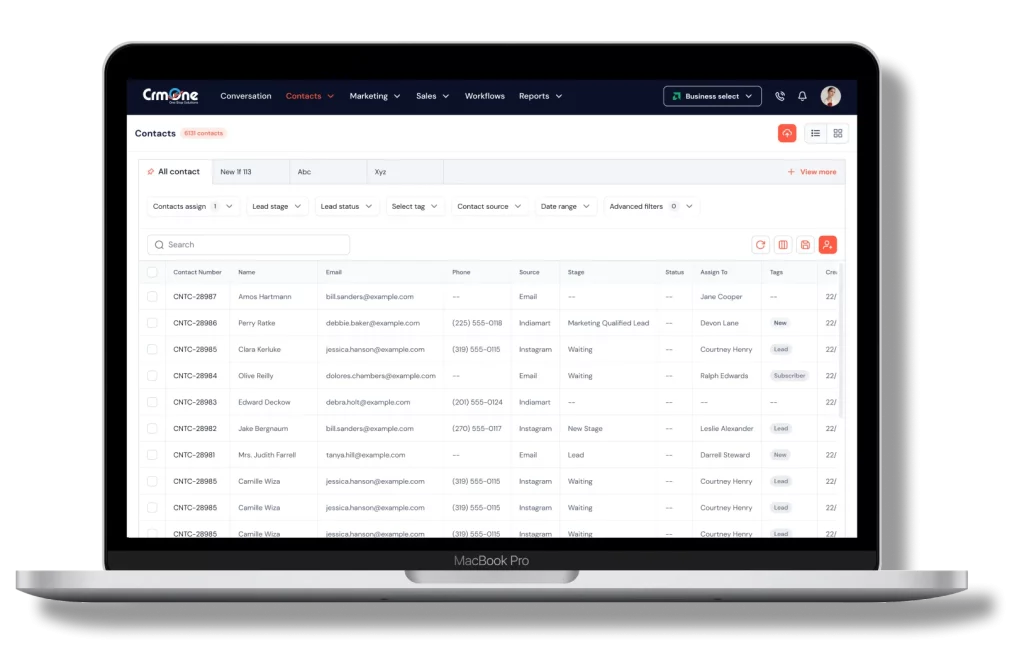
How can businesses effectively engage with prospects at different stages of the sales funnel?
Businesses can effectively engage prospects at various stages of the sales funnel by employing targeted strategies. At the top of the funnel, attract new customers with informative content like blogs and how-to guides. In the middle stages, use free sales funnel templates to illustrate solutions and provide case studies to showcase benefits.
At the bottom of the funnel, leverage automation software for personalized follow-ups and offers to convert prospects. Engage current customers with exclusive updates and loyalty programs while filtering out unqualified prospects early on. Optimizing the business funnel with these approaches ensures efficient sales funnel work and maximizes sales funnel important metrics.
What methods are effective for nurturing leads throughout the sales funnel?
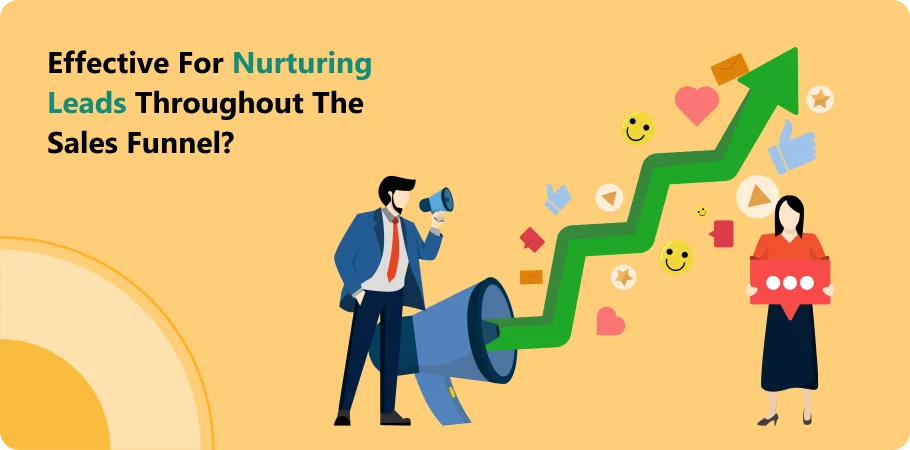
Effective lead nurturing throughout the sales funnel involves several strategic methods:
Content Marketing:
Provide valuable content at each stage, addressing prospects’ needs and interests. Use blogs, whitepapers, and consideration stage materials to educate and build trust.
Email Campaigns:
Use targeted email sequences to deliver relevant content and offers based on lead behavior and stage in the funnel.
Social Media Engagement:
Engage with leads on platforms like social media, sharing content and fostering interactions to maintain interest.
Personalized Outreach:
Tailor communication based on lead preferences and behaviors, avoiding generic approaches like cold calls.
Cross-Selling:
Identify opportunities to introduce related products or services to leads already in the funnel, enhancing value and potentially increasing sales.
Customer Reviews and Testimonials:
Showcase happy customers and their success stories to reinforce credibility and influence decisions, particularly at the bottom of the funnel.
Retargeting Campaigns:
Use data from closed lost deals to retarget leads with relevant ads on Google search or social media, aiming to re-engage and recover potential sales.
How does a business determine which leads are ready for conversion within the sales funnel?
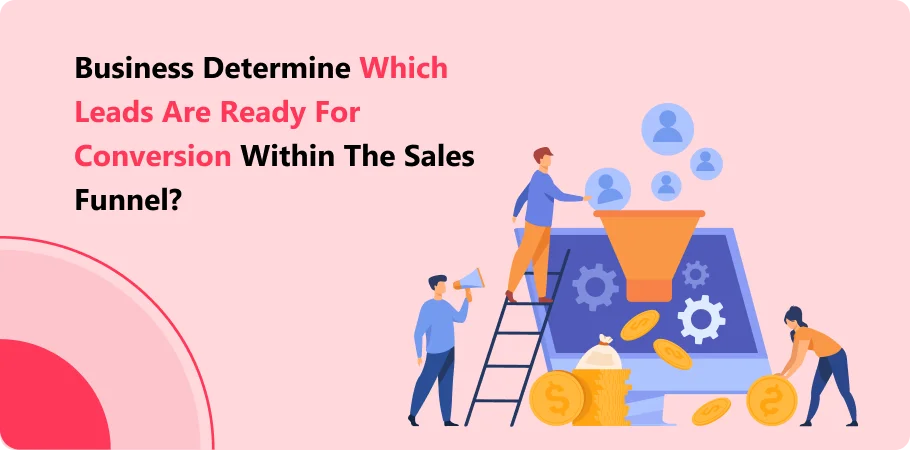
Determining which leads are ready for conversion within the sales funnel involves strategic evaluation and engagement:
Lead Scoring:
Implementing a lead scoring system helps prioritize leads based on their actions, engagement levels, and fit with your ideal customer profile. This can include interactions with content, website visits, and responses to marketing campaigns.
Behavioral Signals:
Monitoring behavioral signals such as frequent visits to pricing pages, downloading free sales funnel templates, or engaging with bottom-of-the-funnel content indicates readiness to engage with sales.
Marketing Automation:
Using marketing term strategies like automated workflows allows businesses to track lead interactions and trigger personalized responses based on specific milestones or actions.
CRM Data:
Leveraging data from your CRM system provides insights into past interactions, closed lost deal, and historical engagement patterns that indicate readiness to convert.
Qualification Criteria:
Establish clear qualification criteria aligned with your sales funnel stages to determine if leads meet specific demographic, behavioral, or firmographic requirements.
Sales-Ready Signals:
Identifying sales-ready signals, such as explicit requests for demos or pricing information, signals intent and readiness to move forward in the buying process.
What are some effective techniques for closing sales within a sales funnel?
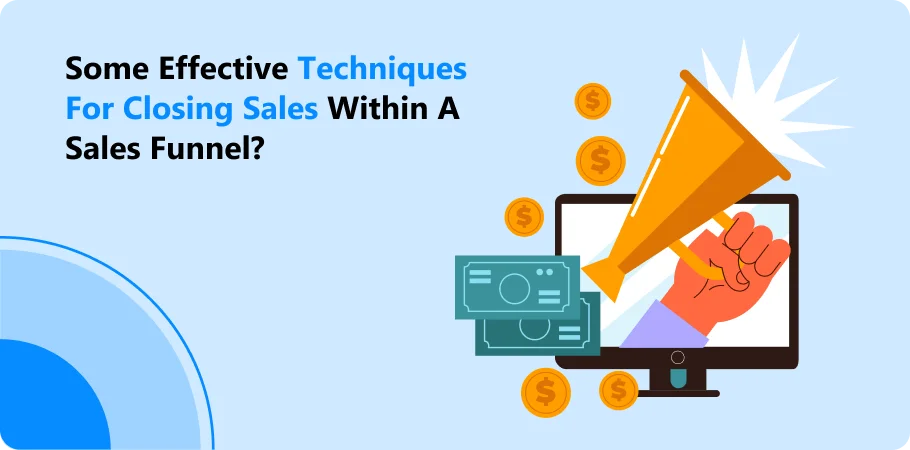
Closing sales within a sales funnel requires employing effective techniques tailored to each stage of the buying process:
Understanding Needs:
Ensure a thorough understanding of the prospect’s needs and challenges identified earlier in the sales funnel.
Building Trust:
Establish rapport and trust by demonstrating expertise and addressing concerns promptly.
Overcoming Objections:
Address objections confidently, emphasizing how your solution meets their specific requirements.
Creating Urgency:
Use time-limited offers or discounts to prompt action, guiding prospects towards a decision.
Closing Techniques:
Employ proven closing techniques such as the assumptive close or summary close to encourage commitment.
Follow-Up:
After closing, maintain contact to ensure satisfaction and foster long-term relationships.
Cold Call:
Utilize strategic cold calling techniques to engage prospects who may need a personal touch to finalize their decision.
Referrals:
Request referrals from satisfied customers, expanding your sales funnel through trusted recommendations.
What tools and technologies are recommended for optimizing sales funnels in 2025?
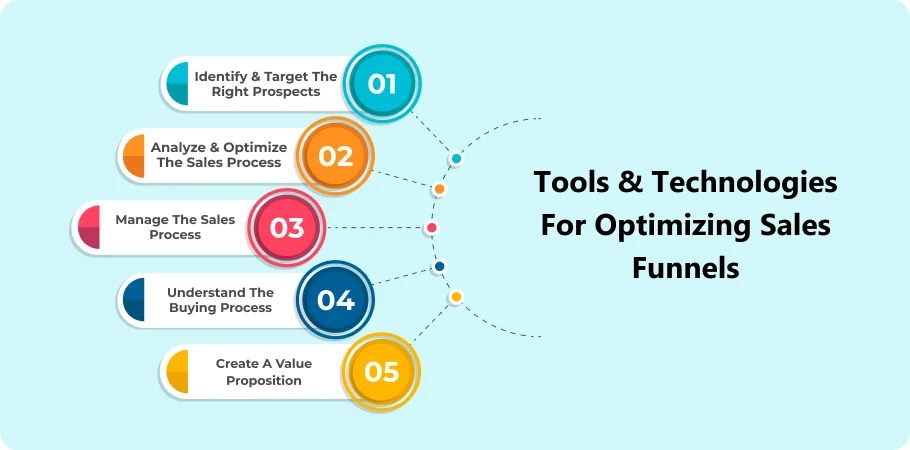
CRM Systems: Utilize advanced Customer Relationship Management (CRM) systems to track and manage customer interactions throughout the sales funnel, ensuring personalized engagement.
Marketing Automation Platforms: Implement marketing automation platforms to streamline lead nurturing, email campaigns, and personalized content delivery based on customer behavior.
Analytics and Reporting Tools: Use robust analytics and reporting tools to measure key metrics such as conversion rates, funnel drop-off points, and ROI from marketing campaigns, enabling data-driven decisions.
AI and Machine Learning: Leverage AI and machine learning technologies for predictive analytics, customer segmentation, and personalized recommendations, enhancing lead qualification and conversion.
Sales Enablement Tools: Equip sales teams with sales enablement tools that provide content management, guided selling, and real-time collaboration capabilities to streamline the sales process.
Chatbots and Virtual Assistants: Implement chatbots and virtual assistants to provide immediate customer support, qualify leads, and guide prospects through the sales funnel 24/7.
Integration Platforms: Use integration platforms to connect disparate systems and ensure seamless data flow between marketing, sales, and customer support teams, improving overall efficiency.
What are the benefits of aligning sales and marketing efforts within a sales funnel?
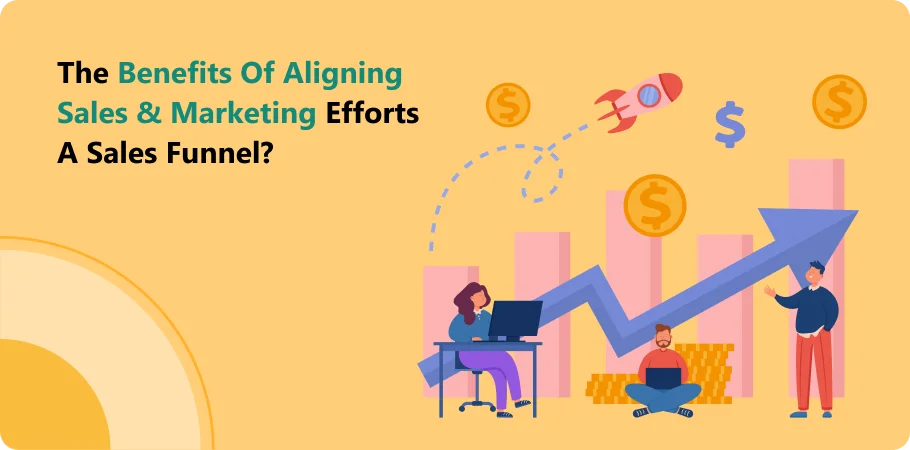
Aligning sales and marketing efforts within a sales funnel offers several key benefits:
Improved Lead Quality: By aligning sales and marketing strategies, businesses can ensure that leads passed to sales are more qualified and aligned with the ideal customer profile, increasing the likelihood of conversion.
Enhanced Efficiency: Collaboration between sales and marketing teams streamlines processes and reduces redundancies. Clear communication and shared goals lead to quicker lead handoffs and smoother transitions through the sales funnel.
Consistent Messaging: A unified approach ensures that messaging and branding are consistent across all touchpoints, reinforcing brand identity and credibility throughout the customer journey.
Better Customer Experience: When sales and marketing teams work in harmony, they can provide a seamless and personalized customer experience. This cohesion builds trust and strengthens relationships with prospects and customers.
Increased Revenue: Alignment between sales and marketing ultimately leads to higher conversion rates and improved sales effectiveness. By focusing efforts on qualified leads and nurturing them effectively, businesses can drive revenue growth more effectively.
Conclusion
Understanding and optimizing the sales funnel process is essential for businesses in 2025. By leveraging advanced technologies, aligning sales and marketing efforts, and focusing on the customer journey, companies can attract, engage, and convert potential customers more effectively.
Tools like CRM systems, marketing automation platforms, and sales enablement solutions play a pivotal role in streamlining these processes. Incorporating platforms such as CrmOne can further enhance the efficiency and effectiveness of managing your sales funnel, ultimately leading to increased revenue and long-term customer relationships.
Get started for Free
Start for free today. Boost your sales by clicking the Get Started button. With CrmOne, you can manage leads, sales, and customer service all in one place.
